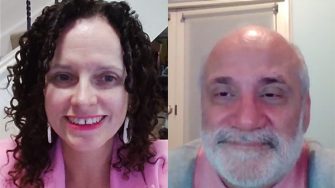What makes an impactful research program?
Dr Tony Penna, Executive Director of NSW Office for Health and Medical Research shared his insights and tips for researchers on creating health research programs with real-world impact during a zoom interview with Mary Haines, Founder and Director of Mary Haines Consulting (MHC).

